Interview with Prof. Dr. Tom Sommerlatte from the Trust Management Institute.
Trust is a key driver of performance. A robust trust base contributes to efficient interactions within the organization. Trust allows organizations to learn faster, to innovate and to adapt to changes in the market. Trust is the foundation of employees ability to operate efficiently in their work environment and of good leadership. But managers are not sufficiently aware of the components of trust. They may therefore even destroy the trust capital by inadvertence. This article outlines the trust dimensions and how leaders can manage trust in their company.
Why is trust so relevant?
Sven: I am very happy to talk to Tom Sommerlatte (President of the Trust Management Institute) who is an expert of trust and trust management. Tom, you have a career in management consulting, you are member of the advisory board of large organizations, you are a Professor in systems design and you have researched trust. Can you tell us why you have this interest in trust management?
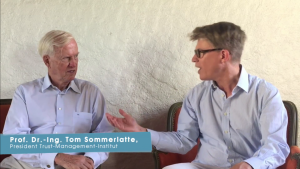
Tom: This is based on my personal experience in change management. I have been able to observe how important it is to ensure that you have the buy-in of the employees in the organization and I have witnessed how difficult is often is to obtain that support for the change initiative. The research we have conducted has shown that this is usually because of a lack of trust.
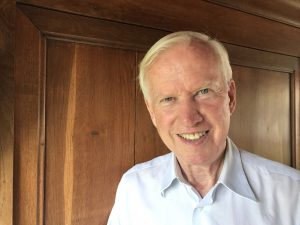
Dimensions of trust
Sven: Can you tell us what the dimensions of trust are?
Tom: Dimensions are essentially threefold: One is the trust profile of the executives. It is their ability to trust other people and to be trustworthy in their eyes. The second dimension is climate of trust in the organization. And thirdly, trust is based on the so-called psychological contract between the institution (e.g. the company) and the people in the organization.
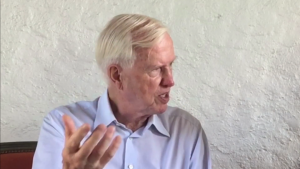
The psychological contract
Sven: OK, so you describe 3 dimensions: the leadership dimension, the trust climate as you say and you talk about a psychological contract. Can you help us understand better what this contract is all about?
Tom: In organizations (and in life in general) we use legal contracts that are signed by both parties based on agreed terms and conditions. In organizations you have such agreements that govern the interactions such as organization charts and job description, etc. But over and above these written rules, there is typically a tacit psychological agreement between the leadership and the people in the company on what is the give and take on both sides.
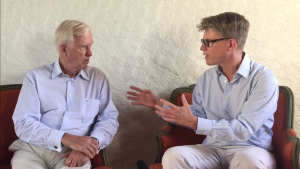
Change management
Sven: What happens if there is an organizational change? Do parties then re-negotiate the contract?
Tom: In legal terms this is what happens when parties change the terms and conditions. They re-negotiate the contract. Due to the fact that the psychological contract is tacit and therefore not visible, this is usually forgotten. What actually has to happen in order to maintain the trust culture in the organization is to ensure agreement of both parties on the new terms and conditions. This negotiation doesn’t happen literally of course, but it is part of what we call change management. It is expressed in behavior on both sides which should aim to reach a new agreement. When this is done, this usually improves the results of the change initiative significantly.
Sven: We understand that the psychological contract covers the unwritten rules in the company. In case of an organizational change, people need to re-agree on those rules, right?
Tom: Yes, because one side can’t decide to change ways of working and expect the other side to follow, if that other side does not understand why this is done and therefore does not buy-into that change.
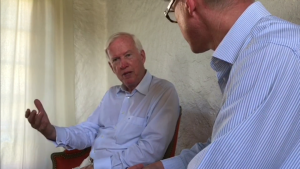
The role of leaders in trust management
Sven: You talk about different sides. So let’s look at the leadership side. What is the challenge of leadership in managing trust?
Tom: The main basis is self-confidence of the leader, which is based on his or her conviction that trust leads to better business results. The second requirement is related to communication and the ability to be open and franc. That means to be accessible and to welcome suggestions from people in the organization. This allows developing a common understanding and a sense of human community.
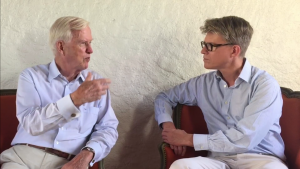
The role of employees
Sven: What should the employees do to enhance the trust in our organizations?
Tom: The employee has to accept that being trusted also means being given authority and responsibility and that it requires personal initiative. This goes hand in hand with the confidence that initiatives will be rewarded and that mistakes will not be sanctioned. That confidence is a major element of a climate of trust.
Conclusion
Sven: Many thanks’ Tom. It is fascinating to see the different facets of trust. It shows that we should lead change carefully to ensure that we preserve (and hopefully further develop) the trust capital in our organizations.

More information in my book:
Sven Sommerlatte : Successful Career Strategy – An HR Practitioner’s Guide to Reach Your Dream Job (Springer, June 2023). ISBN: 978-3-662-66790-3
